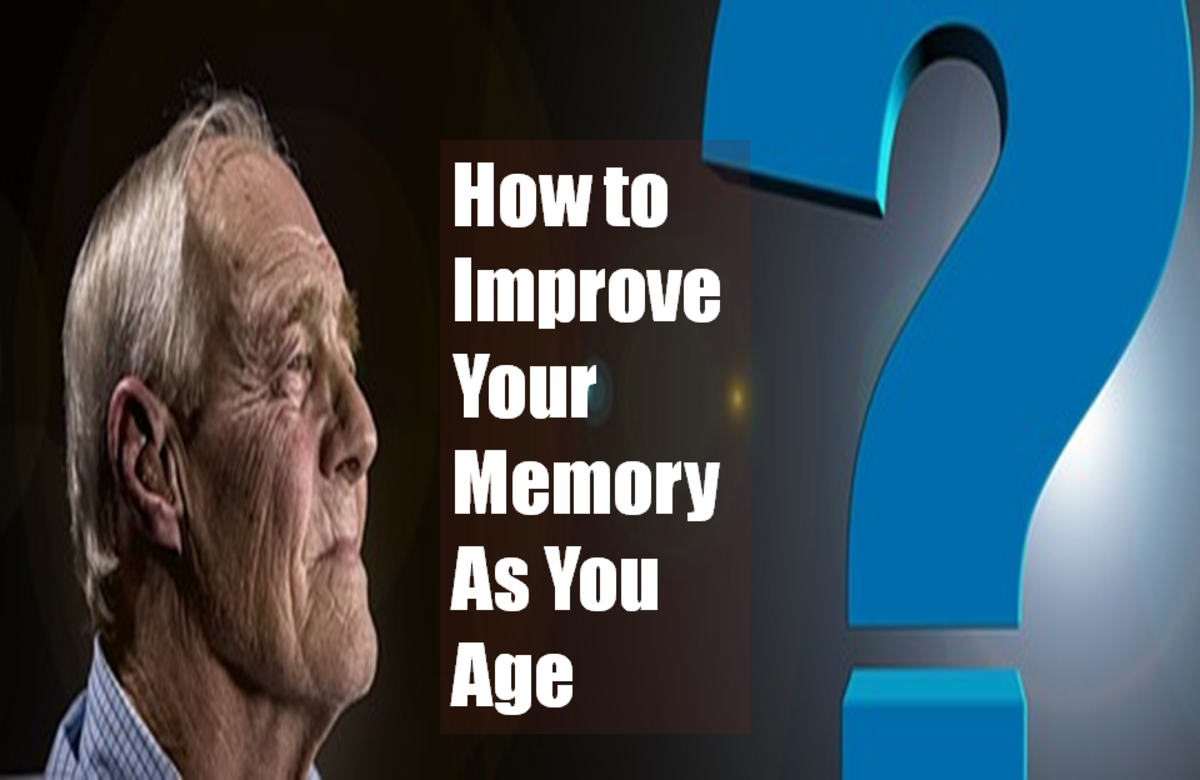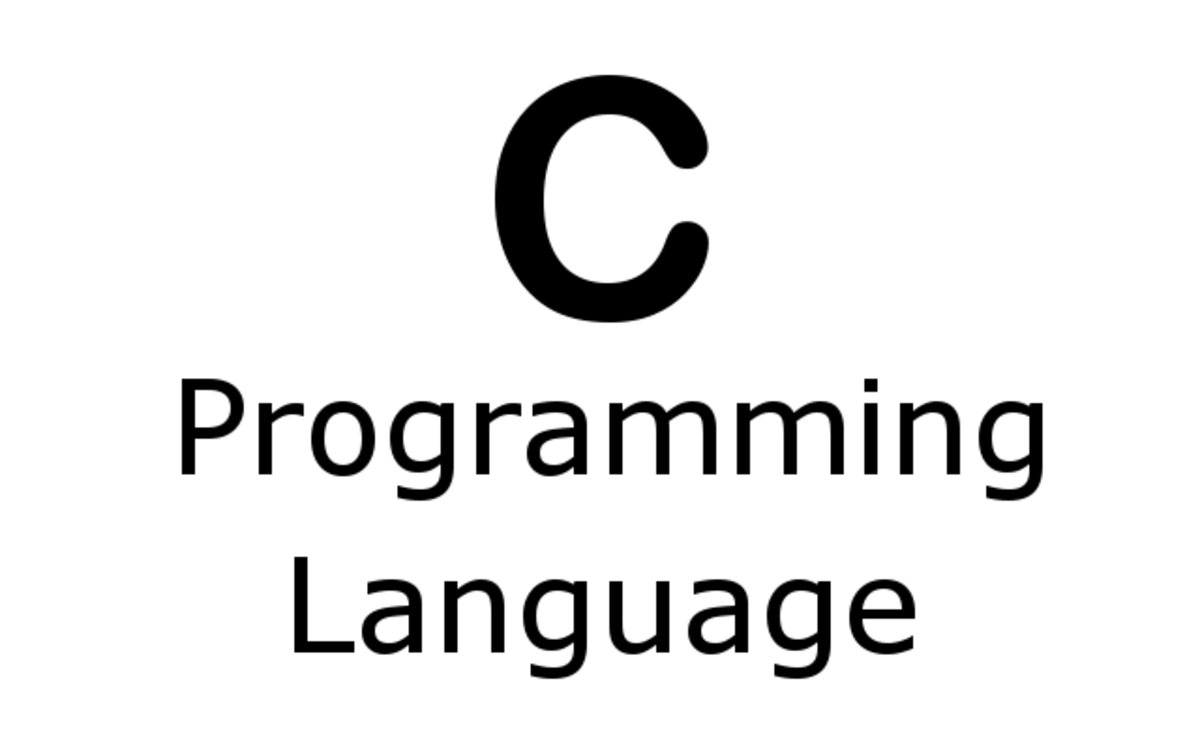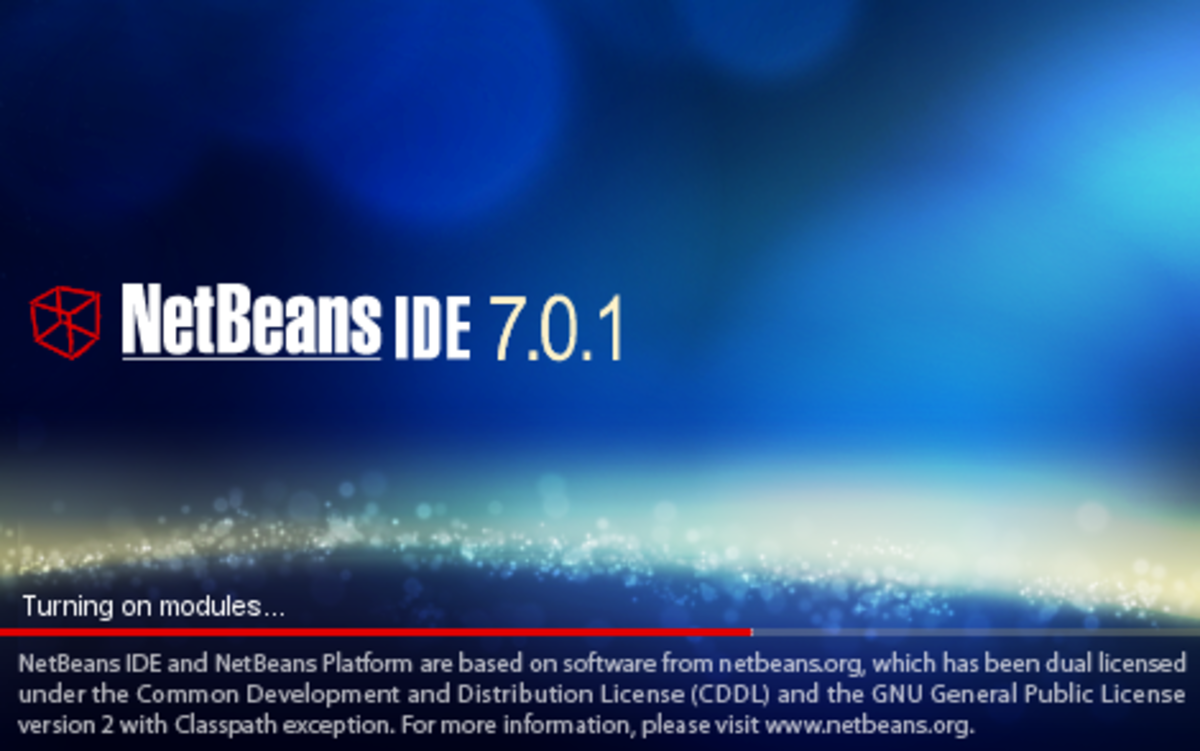The Brain Thesis Part IV
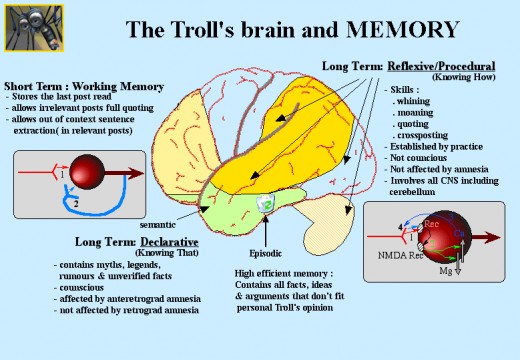
Introduction
The human brain never ceases to amaze me. How does it do what it does is a quest of AI scientists for years. One aspect of brain activities deals with sleep. Why do humans require sleep and what is the brqin doing while we sleep? I will attemot to answer this.
- Jan. 2017
Background
When we are young, we require an average of 10-12 hours of sleep. As we grow into adulthood, our sleep requirement goes down to approx. 8-10 hours. Finally, when we reach old age after retirement, our sleep requirement drops to 6-8 hours. The question is why?
In my thesis, I propose a model of the brain with analogy to a computer filing system. In a typical computer filing system, there is an input/output module. There is a structured database with some indexing keywords. There is some sorting algorithm that keeps the data in some order for easy retrival. In a typical operation, an input is requested via a keyboard, search for a name John Doe for example, the key words are sent as a query to the database and a result list will appear after a short period with the list if matches. They are sorted by most relevant order. They are presented as output on a compter screen. The user looks at the list and determine which of the one on the list is his desired record. If it is not present, he would refine his query in an iterative process until the item is found or until he determined the record does not exist.
In order for this to work, someone prior to this, had to input the data in some fashion. In a typical archive system, a record is created with certain attributes or fields. If it is a personnel file, it may contain the name, age, date of hire, title, salary...
The records stored in this database are them indexed or sorted by a keyword. In this case, the simplest way is by last name alphabetically. If there are two persons with the same name, the next field will be used to prioritize it, such as first name, title...
In a computer database, this sorting of records occur at the time of cration and the system does this automatically and seamlessly.
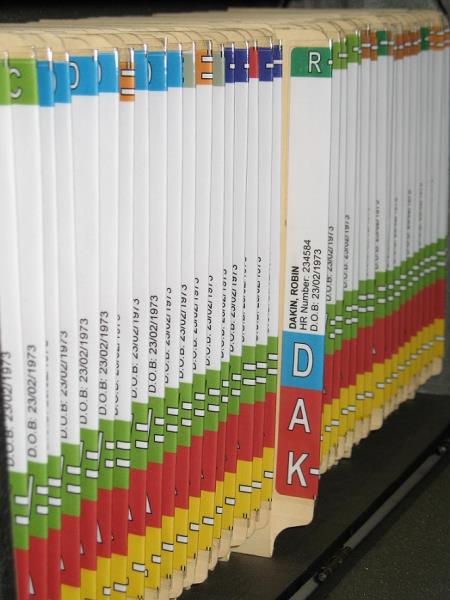
How The Brain Handle Memory?
Our brain has a higher level of sophistication compared to the computer model. This is because we have real time requirements. There are some information that we need rapidly on the fly, and there are some information we have time to wait for a response. In order to accomplish this, our brain is designed with a two stage memory system. One that is called "short term" memory with a limited amount of space, about two days worth of data capacity. The larger memory storage is called "long term" memory where we records all the events of our daily lives.
Our brain have direct access to both part of our memory. For some things we require regularly, they are stored in a part of the short term memory for quick access. For all other things, they are accessed from the long term memory.
Where does sleep come into play? In order to maintain a balance between the two memory stores, sleep was introduced to coordinate this effort. I can imagine several tasks that must be taking place every night.
- For any new input data, determine if it is new or similar to existing record.
- For new record, a determination of how significant this is related to other records.
- If significant, this record is "indexed" and the information is moved from short term to long term storage along with building numerous neuron connections.
- If less significant, it is stored with less neuron connections.
- If the data was similar to existing records, a simple tag is made and it is moved to the existing location of that record in the long term storage. (Similar to multiple copies of the same record in an archive).
- The short term store is emptied and a new set of currently accessible data is moved in to get ready for the next day events.
- Finally, the brain will retrace the existing neuron connections to make sure they are active, some repairs may to necessary to keep the memory fresh.
- If a traumatic event happens, one that is too horrific, there is a part of the long term memory that is hidden (lock box). This is a defensive mechanism that allows the human brain to deal with it. The information is there but unaccesible in normal times.
- In case of brain injury, the brain has a way of healing itself within limits. There are mechanism that will help the brain "rewire" some neuron connections that were broken or lost.
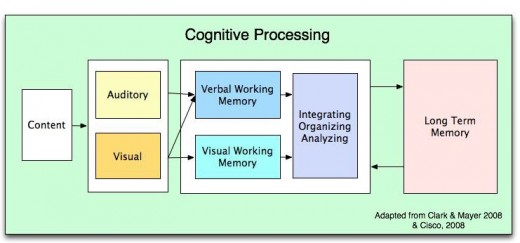
Back to Sleep Duration - Possible Explanation
With this analogy model in mind, it is my thesis that explains the differences in sleep requirements as we age. When we are young, we experience much more new stuff, and we "learn" new things. These require more work or "bookkeeping by the brain. As we age into adulthood, our experiences are perhaps even 50/50 between novel and old. Finally, after we retire, we need less sleep since we have less novel things in our daily encounters, perhaps 20/80 split.
Summary
My thesis on the brain is continuing. As I learn more about how it works, I will share it here. Thanks for reading.

